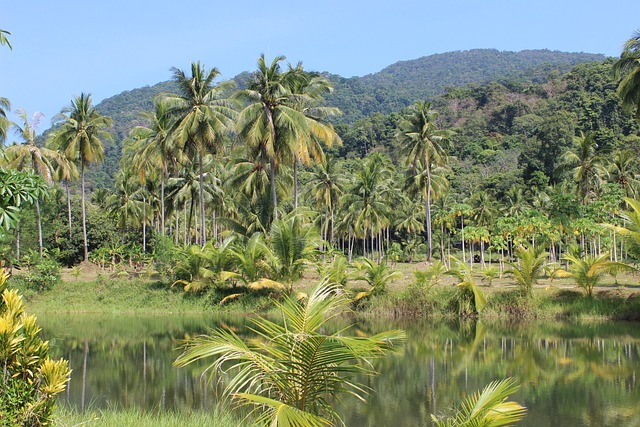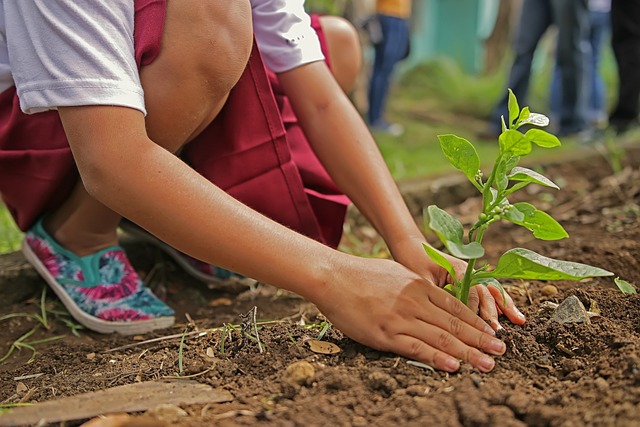
Should We or Shouldn’t We Rewild Landscapes?
Rewilding is the process of restoring a damaged area of land to its natural state. This can be done by removing human-made structures and reintroducing native plant and animal species. Proponents of rewilding argue that it is the best way to restore ecosystems that have been damaged by humans. Critics say that rewilding is too risky and could lead to unforeseen consequences. So, should we rewild our landscapes? That is a question that has been debated for many years.
Difference between conservation and rewilding
Though they may seem similar at first glance, conservation and rewilding are two very different approaches to protecting and restoring habitats and wildlife populations. Conservation focuses on preserving what is already there, while rewilding emphasizes the reintroduction of species that have been driven out.
One of the most famous rewilding projects is the reintroduction of wolves to Yellowstone National Park in 1990. The wolves changed the course of some rivers, stabilized deer and elk populations, and helped make healthier riverbanks that suffered from less erosion and so much more. This example illustrates the power that rewilding can have in restoring ecosystems to their former glory.
While both conservation and rewilding are important tools for protecting our planet, it is clear that they serve different purposes. By understanding the difference between these two approaches, we can better ensure that habitats and wildlife populations are given the best chance to thrive.
Pros of rewilding
There are many reasons why we should be Rewilding the planet. Rewilding helps to reduce mass extinction by giving nature a chance to reestablish its natural state of abundance and biodiversity. It also gives us an opportunity to observe species in their natural setting, which can help us learn more about them and their behaviors.
Rewilding also has the potential to fight climate change. By restoring natural ecosystems, we can help remove carbon dioxide from the atmosphere and store it in trees and soil. This process, known as carbon sequestration, can help mitigate the effects of climate change and even reverse it over time.
In addition to all of these wonderful benefits, rewilding can also inspire a generation to love nature and increase well-being. When people have access to nature, they tend to feel happier, healthier, and more connected to the world around them. Lastly, rewilding can help prevent natural disasters like flooding, soil erosion, and more.
As you can see, there are many reasons why we should be Rewilding the planet. Rewilding is not only good for the environment—it’s good for us too.
Cons of rewilding
1) Impacting property owners.
One of the potential drawbacks of rewilding is that it can hurt nearby property owners. For example, if a rewilding project involves reintroducing large predators such as Wolves or Bears, there is a risk that these animals will prey on livestock belonging to nearby farmers. This could result in financial losses for the farmers, and it might even lead to them abandoning their land altogether.
2) Planning the land requirements.
Another con of rewilding is that it can be difficult to plan the land requirements for a successful project. For example, rewilding projects often requires large tracts of land to be successful. This can make it difficult to find suitable sites for rewilding, especially in densely populated areas.
3) Gambling on success.
Finally, one of the other big cons of rewilding is that it’s often difficult to predict whether or not a particular project will be successful. This is because it’s not always clear if extirpated species will do well if they are placed back in a previous environment. Additionally, even if a species does well in its new environment, there is no guarantee that it will be able to establish a viable population.
Rewilding is a popular conservation method that offers many benefits over traditional approaches. However, it also has some significant drawbacks that should be considered before embarking on a project. These include the potential impact on nearby property owners, the difficulty of planning the land requirements, and the gamble that the project will be successful.
What can you do to rewild your property?

You can do your part to help rewild your property by planting native trees, flowers, shrubs, and other plants. This will help create habitats for bats, butterflies, birds, and other animals. You can also take part in restoring wetlands by removing invasive plants. In addition, you can help control soil erosion by planting cover crops or mulching. By taking these steps, you can help make a difference in the health of our environment.
Conclusion
Over the past century, we humans have industrialized and domesticated the natural world to such an extent that many biologists say we are living in a new geological epoch: The Anthropocene. This means that our actions have had traumatic effects on ecosystems around the globe, resulting in mass extinctions and dwindling biodiversity. One solution that has been proposed is rewilding: restoring landscapes to their pristine states by reintroducing apex predators, large herbivores, and other missing keystone species. Some people argue that this solution is too idealistic, expensive, or difficult to implement. Others believe that it’s our best hope for saving what’s left of the wild world. What do you think?